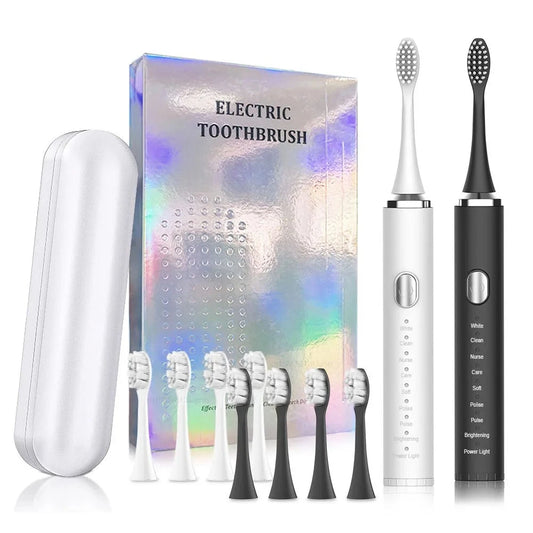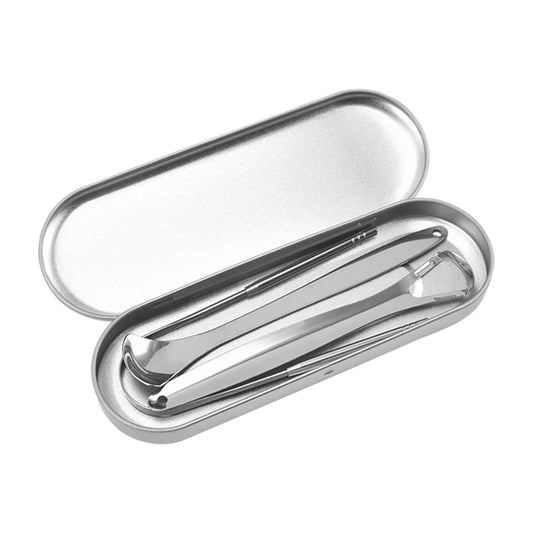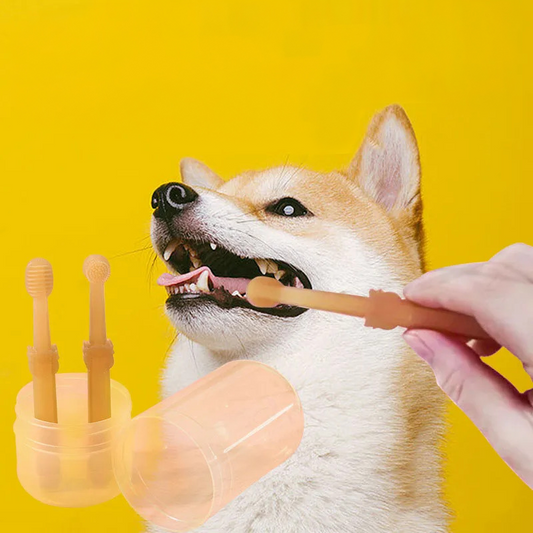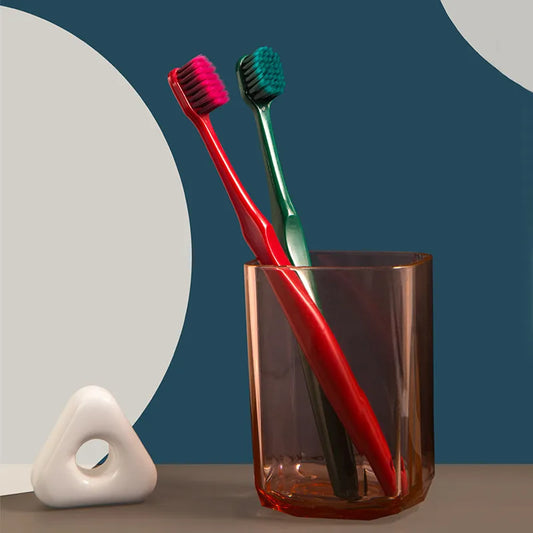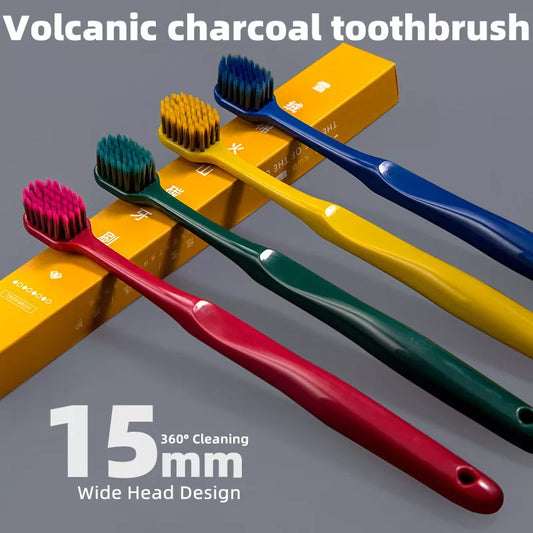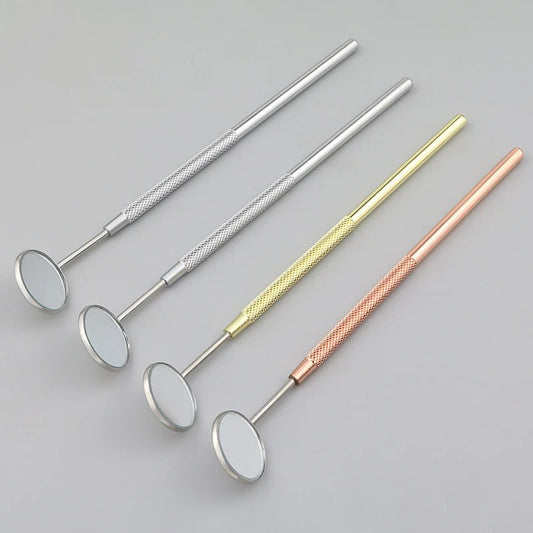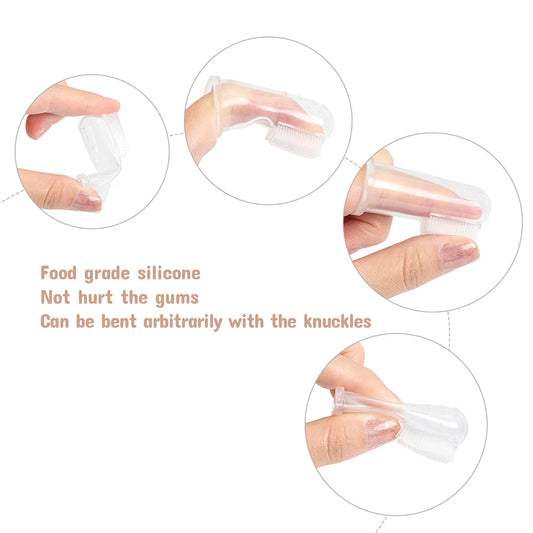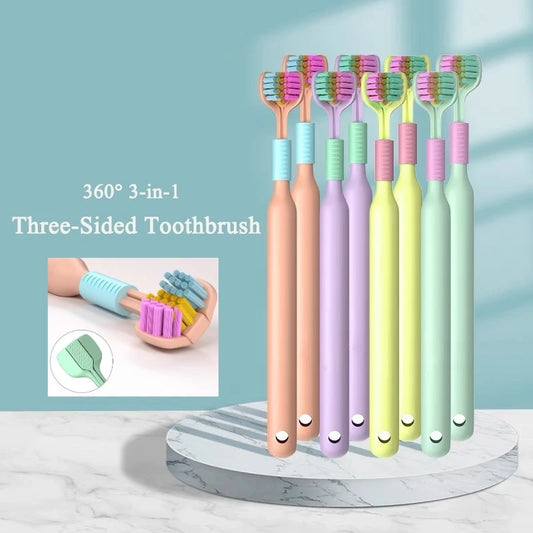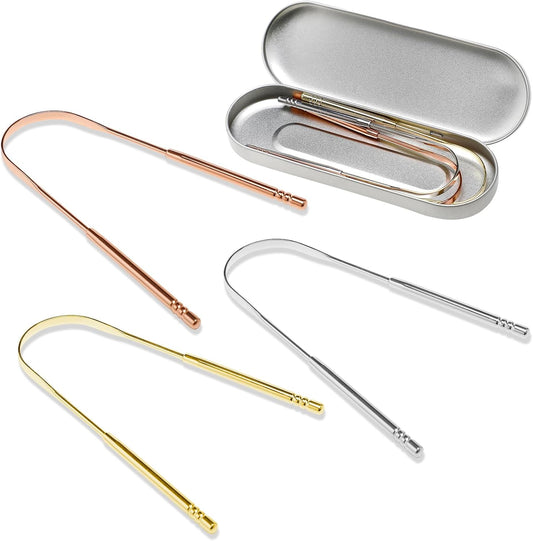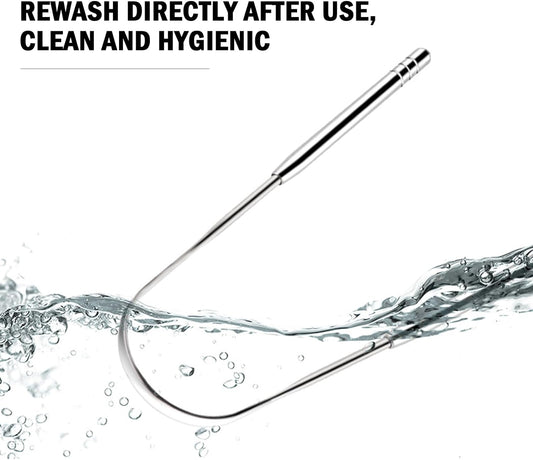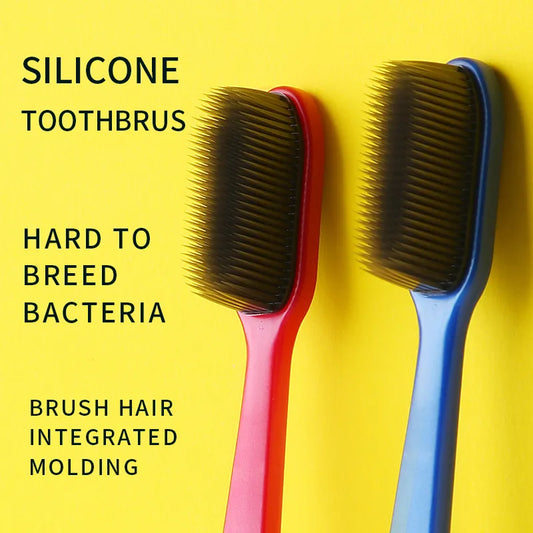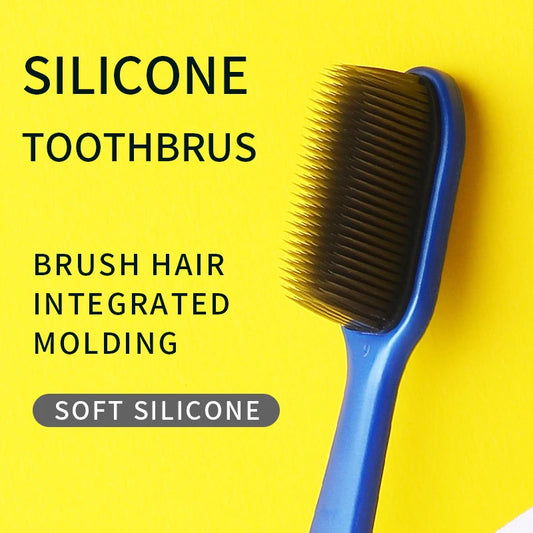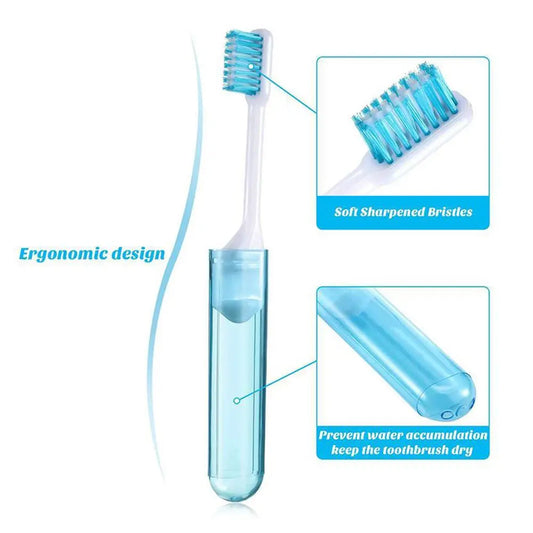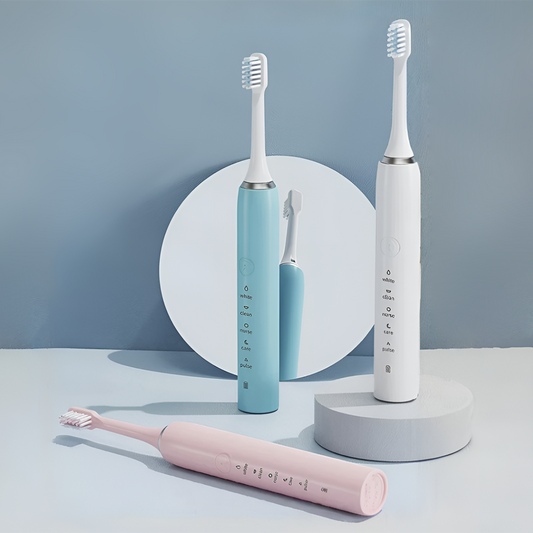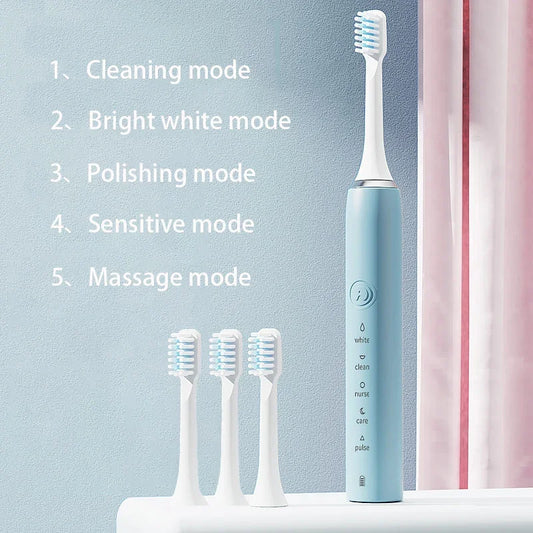Smoking and the use of tobacco products can have serious consequences for your oral health. From staining your teeth to increasing your risk of gum disease, tobacco harms more than just your lungs. Understanding the impact of smoking on your mouth and learning how to mitigate these effects is key to maintaining a healthy smile.
How Smoking and Tobacco Affect Your Teeth
Tobacco use damages teeth in several ways, including:
- Staining and Discoloration: Nicotine and tar in tobacco products can turn teeth yellow or brown over time.
- Tooth Decay: Smoking reduces saliva production, which normally helps wash away bacteria and food particles, increasing the risk of cavities.
- Bad Breath: Tobacco leaves a lingering odor and promotes bacterial growth, leading to chronic bad breath.
- Weakened Enamel: Chemicals in tobacco products can weaken enamel, making teeth more susceptible to wear and sensitivity.
Impact of Smoking on Gums
Smoking is a major risk factor for gum disease. It affects your gums in the following ways:
- Reduced Blood Flow: Nicotine constricts blood vessels, reducing oxygen and nutrients delivered to gum tissue.
- Gum Inflammation: Smoking increases plaque and tartar buildup, causing inflammation, swelling, and bleeding.
- Periodontal Disease: Smokers are significantly more likely to develop advanced gum disease, which can lead to tooth loss.
- Delayed Healing: Smoking slows down gum tissue recovery after dental procedures or injuries.
Preventing Gum Disease from Smoking
Even if you smoke, there are steps you can take to protect your teeth and gums:
- Brush at least twice a day with fluoride toothpaste to remove plaque and strengthen enamel.
- Floss daily to clean between teeth and reduce tartar buildup.
- Use an antibacterial mouthwash to combat bacteria and reduce inflammation.
- Schedule regular dental checkups for professional cleanings and early detection of oral issues.
- Consider quitting smoking or using tobacco cessation programs to significantly reduce oral health risks.
Additional Tips for Tobacco Users
- Drink plenty of water to keep your mouth hydrated and help wash away bacteria.
- Chew sugar-free gum to stimulate saliva production.
- Eat a balanced diet rich in vitamins C and D to support gum health and tissue repair.
Conclusion
Smoking and tobacco use pose serious threats to your teeth and gums, including staining, decay, and gum disease. By practicing diligent oral hygiene, visiting your dentist regularly, and considering quitting tobacco, you can protect your oral health and maintain a brighter, healthier smile. Your teeth and gums deserve the best care, even if you’re a smoker.


